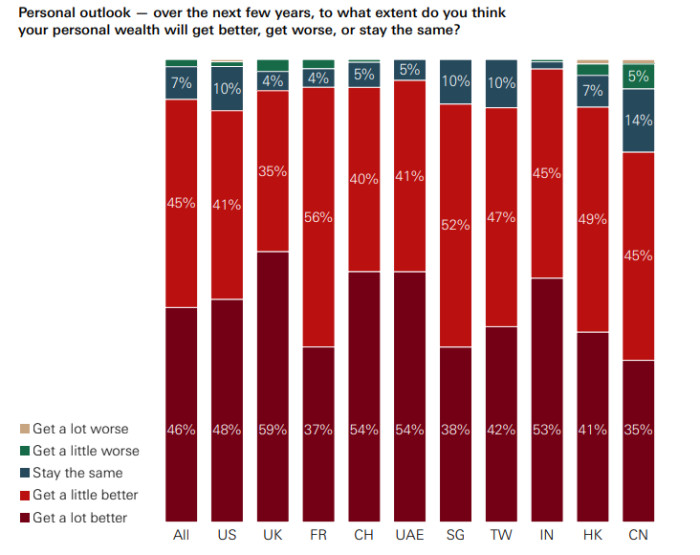The author is an independent analyst and a contributing editor of the Financial Times
With the third-largest funded pension system in the world, the UK is financial asset-rich. But it is also investment poor. Despite £2.9tn of pension assets, the level of actual money put to work in areas like infrastructure, building and research and development is woeful.
A measure of this — the investment-to-GDP ratio — averaged only 19 per cent in the 40 years to 2019, the lowest in the G7, according to the National Infrastructure Commission.
As chancellor, Rachel Reeves has recognised the problem. But she intends to tackle it not by seeking to mandate pensions to invest more into the UK through legislation. Instead, she’s trying to remove barriers to investment including those that derive from operating subscale funds.
Reeves intends to develop eight pension “megafunds” from the sprawling Local Government Pension Scheme. The umbrella body for 86 individual schemes, LGPS is the largest funded pension scheme in the country and the sixth largest in the world, with assets under management estimated by consultancy Isio of around £400bn. Embarrassingly though, it surrenders many of its economies of scale through the way it is organised.
Assets are managed by the different funds with strategic asset allocations directed by individual boards of elected local government councillors. Furthermore, each administering authority appoints its own lawyers, actuaries, consultants and investment managers. The arrangement pays out around £1.7bn in fees each year, most of it to UK investment managers.
Consolidating assets into megafunds sounds like an obvious step forward. So obvious that it has been tried before. The previous government sought to harness LGPS funds’ collective economies of scale by obliging them to join eight pools — firms that the pension funds themselves would own, and which would act to build scale and purchasing power for their members.
The pooling of the companies was envisaged — among other things — as a way to strike better fee deals and provide centralised external investment manager oversight. But according to a government consultation, less than half of assets have so far been pooled. And the services that these companies offer vary meaningfully in the degree of management provided.
At one end of the spectrum, the London Collective Investment Scheme operates something akin to a curated fund supermarket. London boroughs can switch between 10 different global equity funds, four different diversified growth multi-asset funds and six different bond funds. Its largest infrastructure fund is a mere £545mn in size.
At the other end of the spectrum is the model practised by Local Pensions Partnership Investments for its local authority clients. This involves the total delegation of asset management to LPPI based on the strategic asset allocation choices made by clients, or SAAs. It also manages assets for GLIL Infrastructure, a firm that originates and manages direct infrastructure investments for clients within and beyond the local authority world.
Out of these Byzantine arrangements have come investment returns sufficient to generate a current funding surplus of around £100bn, according to Steve Simkins, a partner at Isio. We await details on how the megafunds would differ from pools — but why the change given this?
Investment performance is overwhelmingly determined by asset allocation choices. And it appears unlikely that councillors will be stripped of their tasks in these choices without legal responsibility for the councils’ share of the liabilities also being removed.
There has been no whisper around any plans to consolidate liabilities. And so the broad shape and dispersion of investment performance returns across LGPS funds looks likely to continue, even if the 86 administering authorities are clients of megafunds rather than managers of funds.
But secondary to strategic asset allocation choices in determining fund performance are fees. Megafunds are very likely to deliver stronger relative returns over the long run because they have the scale to internalise management, which costs much less. This is especially true when it comes to private market assets.
Beyond reducing costs, the real driver of this change is the removal of barriers to greater investment in private market assets. LGPS allocations to infrastructure, private equity and real estate are already substantial at 23 per cent of assets. But this is low compared with the median 42 per cent allocation made by Canada’s so-called Maple-8 defined-benefit public sector pension funds.
Should the new LGPS megafunds increase allocation to private assets? The case is certainly helped by lower fees. According to CEM Benchmarking, allocations to internally managed real estate and private equity handsomely outperformed externally managed allocations after taking into account fees for the period 1992-2020.
From the government’s perspective, greater allocation would be helpful. While infrastructure investment managers mutter about the lack of a pipeline of investable opportunities, there may be some large ones coming. The National Infrastructure Commission estimates that private sector investment needs to increase from around £30bn-£40bn over the past decade to £40bn-£50bn in the 2030s and 2040s. Reducing the barriers to cost-effective investment in this sector should help pension funds, but also help the economy.



















































































































































































You must be logged in to post a comment Login